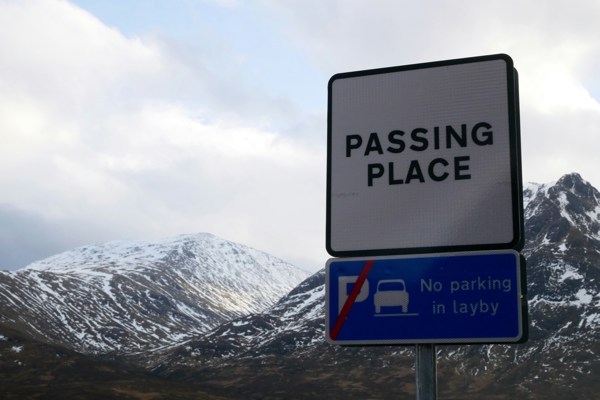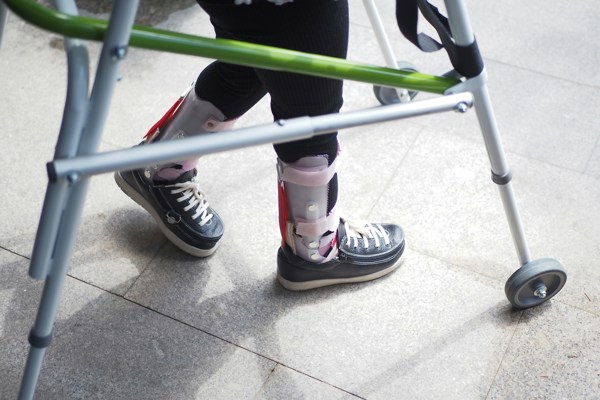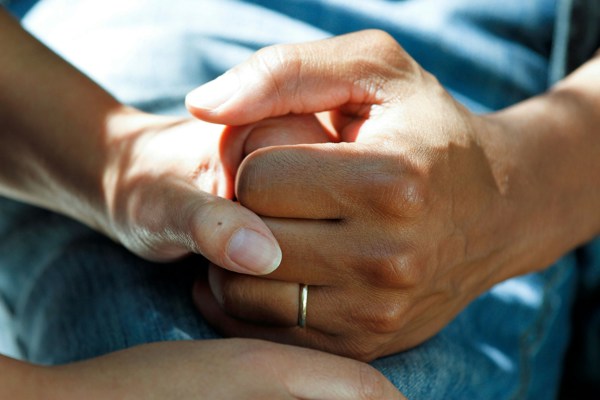Over 200,000 children and almost 4,000 schools are taking part in Beep Beep! Day today. This is a road safety awareness campaign specifically targeting children aged between two and seven. It is organised and promoted by Brake, The Road Safety Charity. Brake's work is invaluable in supporting people affected by road crashes and is campaigning for safe, healthy mobility for all through community partnerships and campaigns. This campaign is unique, given that it is targeted at such a young age group. There is a section of their website designed for children which has plenty of fun activities and stories children can engage with, along with their families, carers or teachers.
Every day, nine children aged under seven are killed or seriously injured on UK roads. This is a shocking statistic, especially when the majority of these deaths are entirely preventable.
Even though young children shouldn't walk or cycle independently, to help protect them, even the youngest children need to know about the dangers of traffic. Only if that danger can be minimised are families able to walk and cycle safely in their community, promoting health and wellbeing. It is for this reason that Beep Beep! Day is focussing on encouraging us to talk to children about the importance of holding hands when walking near roads and crossing roads at safe places with a grown-up, both potentially life-saving pieces of advice. More information can be found on Brake's website.
The Highway Code
The Highway Code sets out a hierarchy of road users to increase safety for all road users. This hierarchy means that those road users who can cause the most harm have a greater responsibility to reduce the danger they pose to others. Therefore, drivers are responsible for cyclists' safety and cyclists are responsible for pedestrians' safety. This is in stark contrast to the Code prior to 2022 where all road users, from children to lorry drivers, were equally responsible for their own safety.
Under the rules of the Highway Code, pedestrians have priority over motorists when they are crossing or waiting to cross the road. This means that motorists and cyclists are required to give way to pedestrians when turning at junctions if they are crossing or waiting to cross the road.
It is important that all road users take the time to understand the rules of the Highway Code and adapt their habits to comply. In the event that a collision occurs, and the road user is found not to be compliant with the Code, they may be held liable. Safety groups argue that to further protect vulnerable road users, liability should automatically attach to drivers who are involved in collisions with cyclists and pedestrians. Until then, the updated Highway Code - if complied with - provides much-needed protection for more vulnerable road users, particularly our little people.


